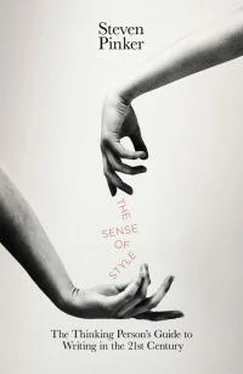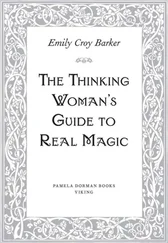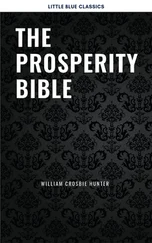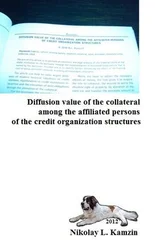Roy Copperud, American Usage and Style: The Consensus: “Many writers believe they will not go to heaven if they split the infinitive. … After the folly of [the Latin-based] system of grammar was noted, English was analyzed on its own terms, and the rule against splitting infinitives went out the window. … The consensus of seven critics is that infinitives may be split when splitting makes the sentence read more smoothly and does not cause awkwardness.”
So split if you need to (as I did in the first line on the preceding page); the experts have your back.
What follows is a judicious guide to a hundred of the most common issues of grammar, diction (word choice), and punctuation. These are the ones that repeatedly turn up in style guides, pet-peeve lists, newspaper language columns, irate letters to the editor, and inventories of common errors in student papers. I will use the following criteria to distinguish the legitimate concerns of a careful writer from the folklore and superstitions: Does the prescriptive rule merely extend the logic of an intuitive grammatical phenomenon to more complicated cases, like enforcing agreement in a sentence with a bushy tree? Do careful writers who inadvertently flout the rule agree, when the breach is pointed out, that something has gone wrong? Has the rule been respected by the best writers in the past? Is it respected by careful writers in the present? Is there a consensus among discerning writers that it conveys an interesting semantic distinction? And are violations of the rule obvious products of mishearing, careless reading, or a chintzy attempt to sound highfalutin?
A rule should be blown off, in contrast, if the answer to any of the following questions is yes. Is the rule based on some crackpot theory, such as that English should emulate Latin, or that the original meaning of a word is the only correct one? Is it instantly refuted by the facts of English, such as the decree that nouns may not be converted into verbs? Did it originate with the pet peeve of a self-anointed maven? Was it routinely flouted by the great writers of the past? Is it rejected by the careful writers of the present? Is it based on a misdiagnosis of a legitimate problem, such as declaring that a construction which is sometimes ambiguous is always ungrammatical? Do attempts to fix a sentence so that it obeys the rule only make it clumsier and less clear?
Finally, does the putative rule confuse grammar with formality ? Every writer commands a range of styles that are appropriate to different times and places. A formal style that is appropriate for the inscription on a genocide memorial will differ from a casual style that is appropriate for an email to a close friend. Using an informal style when a formal style is called for results in prose that seems breezy, chatty, casual, flippant. Using a formal style when an informal style is called for results in prose that seems stuffy, pompous, affected, haughty. Both kinds of mismatch are errors. Many prescriptive guides are oblivious to this distinction, and mistake informal style for incorrect grammar.
My advice will often shock purists and occasionally puzzle readers who have always been under the impression that this word meaning or that grammatical usage is an error. But the advice is thoroughly conventional. It combines data from the ballots given to the Usage Panel of the American Heritage Dictionary, the usage notes of several dictionaries and style guides, the erudite historical analyses in Merriam-Webster’s Dictionary of English Usage, the meta-analysis in Roy Copperud’s American Usage and Style: The Consensus, and the view from modern linguistics represented in The Cambridge Grammar of the English Language and the blog Language Log. 6When the experts disagree, or when the examples are all over the map, I will offer my own best judgment.
I divide the hundred usage issues into points of grammar, the expression of quantity and quality, word choice, and punctuation.
GRAMMAR
adjectives and adverbs.Every now and again a language grump complains that the distinction between adverbs and adjectives is disappearing from English. In fact, the distinction is alive and well, but it is governed by two subtleties that go beyond the vague memory that adverbs are words that modify verbs and end in – ly . 7
The first subtlety is a fact about adverbs: many of them (the ones called flat adverbs) are identical to their related adjectives. You can drive fast (adverb) or drive a fast car (adjective) ; hit the ball hard or hit a hard ball. The list of flat adverbs differs across dialects: real pretty (as opposed to really pretty ) and The house was shaken up bad (as opposed to badly ) are common in nonstandard dialects of English and have made inroads into casual and folksy speech in the standard dialect. This crossover is what gave rise to the vague impression that adverbs are endangered. But the historical trend is in the opposite direction: adverbs and adjectives are more often distinguished today than they were in the past. Standard English used to have many flat adverbs that have since been separated from their adjectival twins, such as monstrous fine (Jonathan Swift), violent hot (Daniel Defoe), and exceeding good memory (Benjamin Franklin). When today’s purists reflect on the ones that remain, like those in Drive safe, Go slow, She sure fooled me, He spelled my name wrong, and The moon is shining bright, they may hallucinate a grammatical error and promulgate prissy alternatives such as She surely fooled me and the one in this Bizarro cartoon:
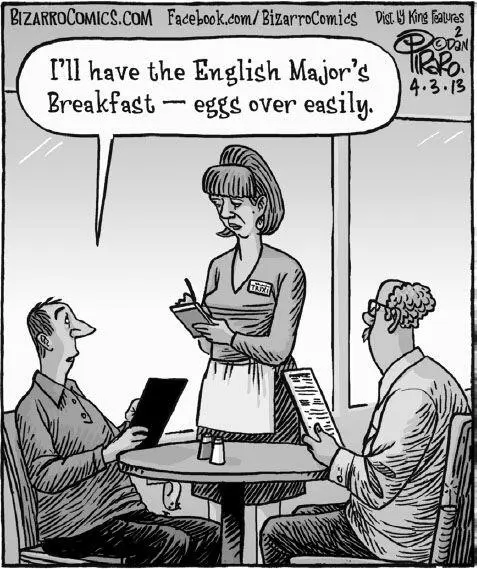
The second subtlety is a fact about adjectives: they don’t just modify nouns, but can appear as complements to verbs, as in This seems excellent, We found it boring, and I feel tired. They can also show up as an adjunct to a verb phrase or clause, as in She died young and They showed up drunk. Recall from chapter 4 that grammatical categories like adjective are not the same thing as grammatical functions like modifier and complement. People who confuse the two may think that the adjectives in these sentences “modify the verb” and hence ought to be replaced by adverbs. The result is a hypercorrection like I feel terribly (which really should be I feel terrible ). The related expression I feel badly may have started out in previous generations as a hypercorrected version of I feel bad. Badly has now become an adjective in its own right, meaning “sorrowful” or “regretful.” Thankfully, James Brown was never tempted to hypercorrect “I Got You (I Feel Good)” to “I Got You (I Feel Well).”
A failure to appreciate the multiple functions of adjectives also gave rise to the false accusation that Apple made a grammatical error in its slogan Think Different . The company was right not to revise it to Think Differently: the verb think can take an adjectival complement which refers to the nature of the thoughts being entertained. That is why Texans think big (not largely ) and why in the musical Funny Face the advertising slogan that set off a lavish production number was Think Pink, not Think Pinkly. 8
To be sure, surveys of typical errors in student papers show that inexperienced writers really do mix up adjectives and adverbs. The phrase The kids he careless fathered is just careless, and in The doctor’s wife acts irresponsible and selfish the writer stretched the ability of act to take an adjectival complement (as in act calm ) further than most readers are willing to go. 9
Читать дальше
